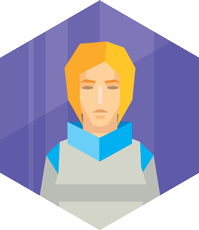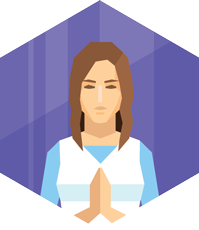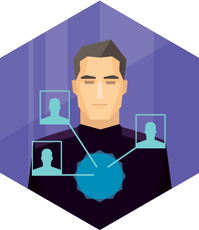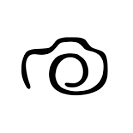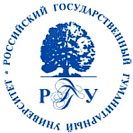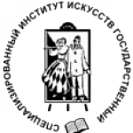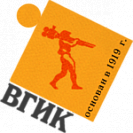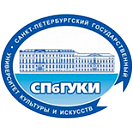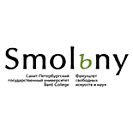Art and culture
Culture is one of the oldest spheres of human activity, though it has gradually become a prerogative of a tight circle of professionals. However, with routine operations performed by machines, more and more people will engage in creative activities and produce their own works of art. This change will be driven by the affordability of graphic technologies (special photo filters for iPhone allow creating artistic photos in real time, and Garage Band software can replace a recording studio), as well as by the fuzziness of artistic criteria. On one hand, this is a good trend, because in the 21st century, a talented author can find an audience easier than ever. On the other hand, it is hard not to get lost in the enormous stream of creative products, and even harder to define art as such. A need arises for individual media filters to help the user to avoid being drowned by streams of data. In addition, a connoisseur may require personalized search algorithms and tutors to help him/her build their own trajectory of aesthetic perception and cognition.
Technological progress may bring humankind to new levels of art perception and creativity. We will be able to create complicated artistic objects using 3D printers, robots and neural interfaces, as well as to learn to better control our artistic states. The expanding virtual space is enabling some artists to move entirely to digital worlds, creating new and unexpected forms. For example, employees of Blizzard Entertainment have started their own metal band in World of Warcraft. Players can visit its concerts in respective localities, or, subject to obtaining certain artifacts, turn into a guitarist of the band for 12 seconds.
We are now witnessing a withdrawal from traditional ways of how art engages the spectator, with interactive formats used more and more often. Already, there are interactive books for iPad. Immersive theater is also gaining popularity, erasing the division between the stage and the auditorium, with the spectator involved in the act to the fullest possible degree. The most remarkable example is the British theater PunchDrunk with more than 20 conspicuous projects, including Sleep No More, based on the works of Shakespeare and Hitchcock. Before the performance, the different scenes of which take place in 44 rooms on 4 floors, spectators are required to put on white masks and then choose the order in which to travel through the performance.
The mutual penetration of art and other fields produces interesting combinations, such as Science Art, a type of modern art where artists use scientific achievements and, quite often, are scientists themselves. Art is beginning to play a significant part in education as well. Art universities may appear where students will learn through various forms of art as well as other methods.
Different art strategies and technologies are fusing into curious forms of cooperation. Art is becoming more collective, with artwork turning into a complex project involving – aside the artist – mangers, software developers, engineers, etc. In addition, the need for co-creation is generating demand for dedicated social networks for artistic people. Demand is also rising for participatory art, where the artist only issues instructions, and exhibition visitors use them to create artistic works themselves. For example, the interactive exhibition do it, based on this principle, has been treading the world for as long as 20 years. The Garage Museum of Contemporary Art hosted the exhibition in summer 2014.
Professions
Art appraiser
Specialist able to appraise new forms of artistic works consisting of heterogeneous elements and noted for their complexity and/or fragility (e.g. science art, street art or performance).
Trends
Professional skills and abilities
Science artist
Applies scientific data and knowledge in creative work. Science art is not only practiced by individual artists, but is also supported by prominent educational institutions. For example, MIT has its own Center for Science, Art and Technology, while the New York School of Visual Arts launched a bio-art curriculum last year.
Trends
Professional skills and abilities
Personal aesthetic development tutor
This professional builds individual trajectories of interaction with works of art for the user.He/she possesses an excellent knowledge of the cultural environment and draws up an aesthetic development programmes in accordance with the tastes, needs and opportunities of the client, e.g.to track the development of various aspects of Gothic art from the Middle Ages to the present time, in the fields of architecture, design, literature, music, and cinema.
Trends
Professional skills and abilities
Creative state trainer
Mind fitness expert engaged in helping art workers enter the flow state, as well as other states characterized by increased creativity. The trainer is also engaged in developing awareness, because one of the most important challenges for an artist is the continuous reflection on reality.
Trends
Professional skills and abilities
Collective art supervisor
Sets up artistic teams for specific creative projects. These teams may include artists of various specializations, scientists, software developers, engineers, and professionals from other fields.










